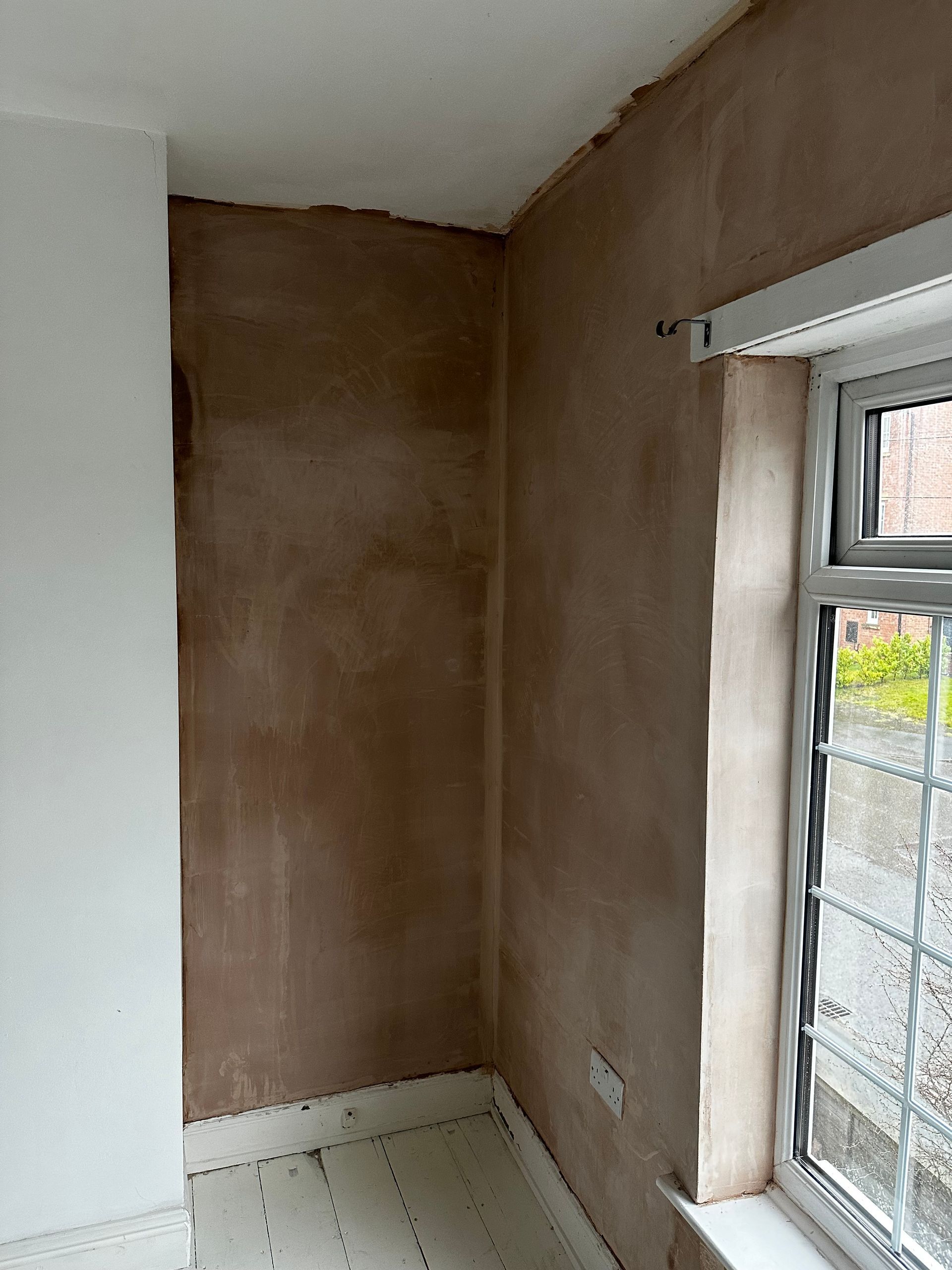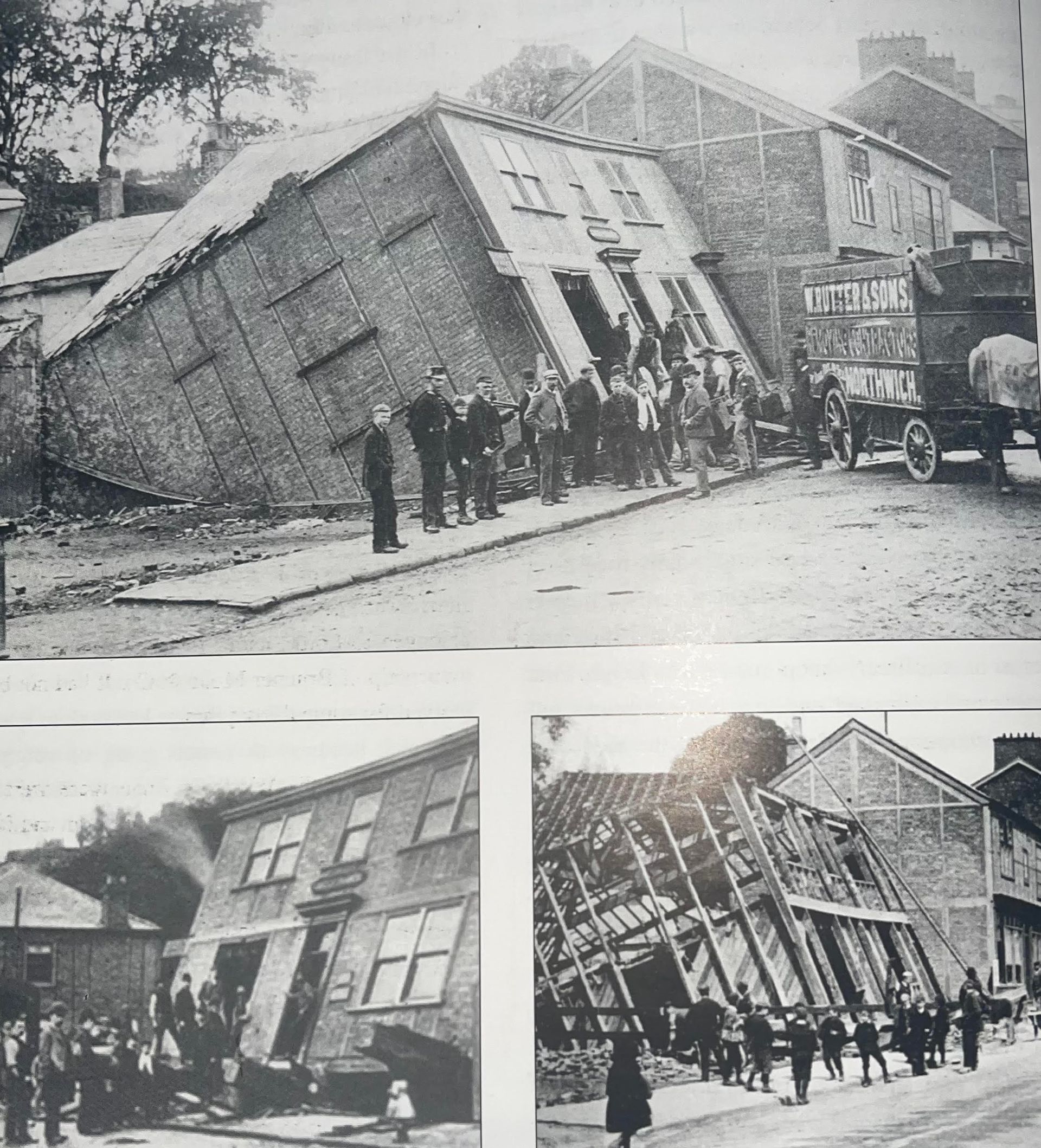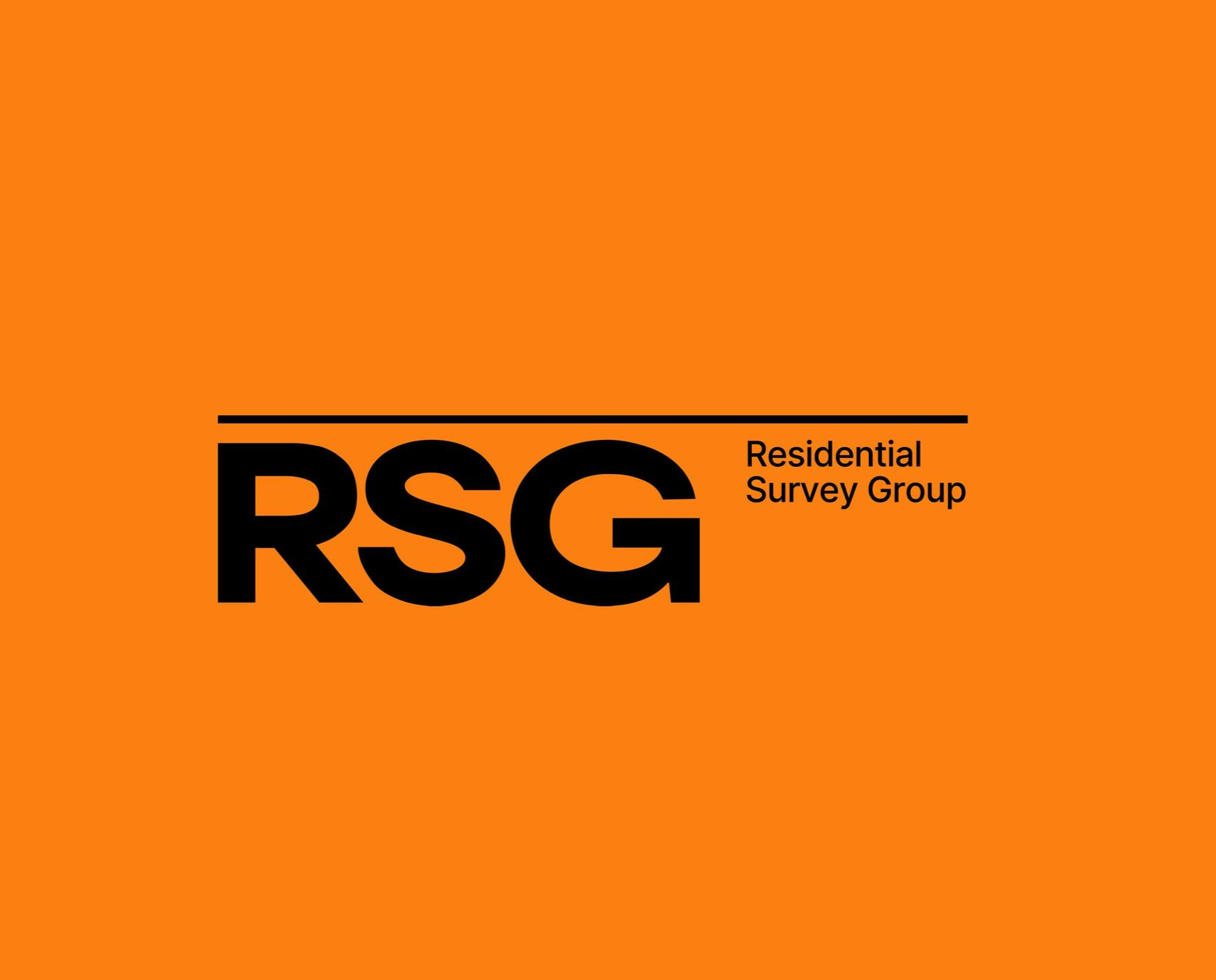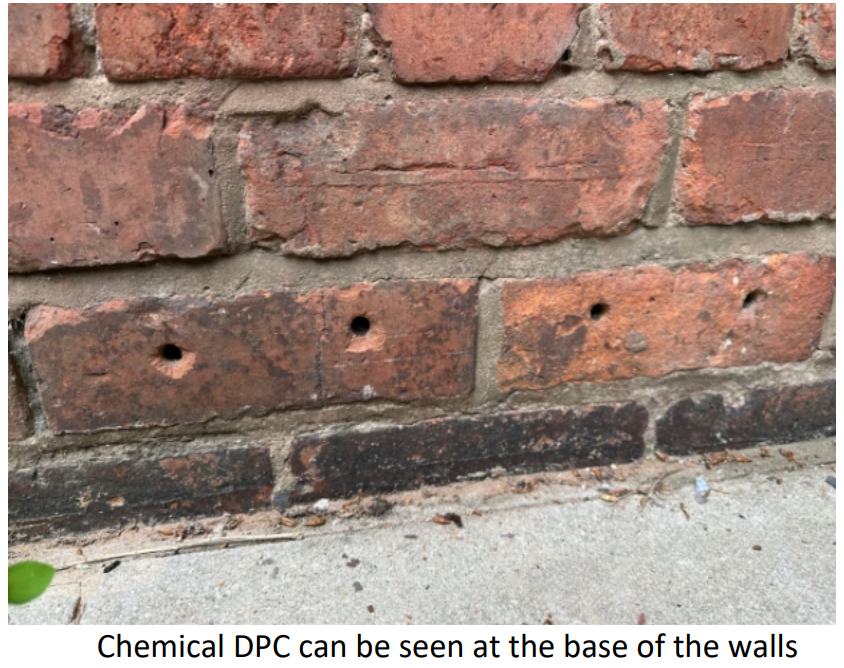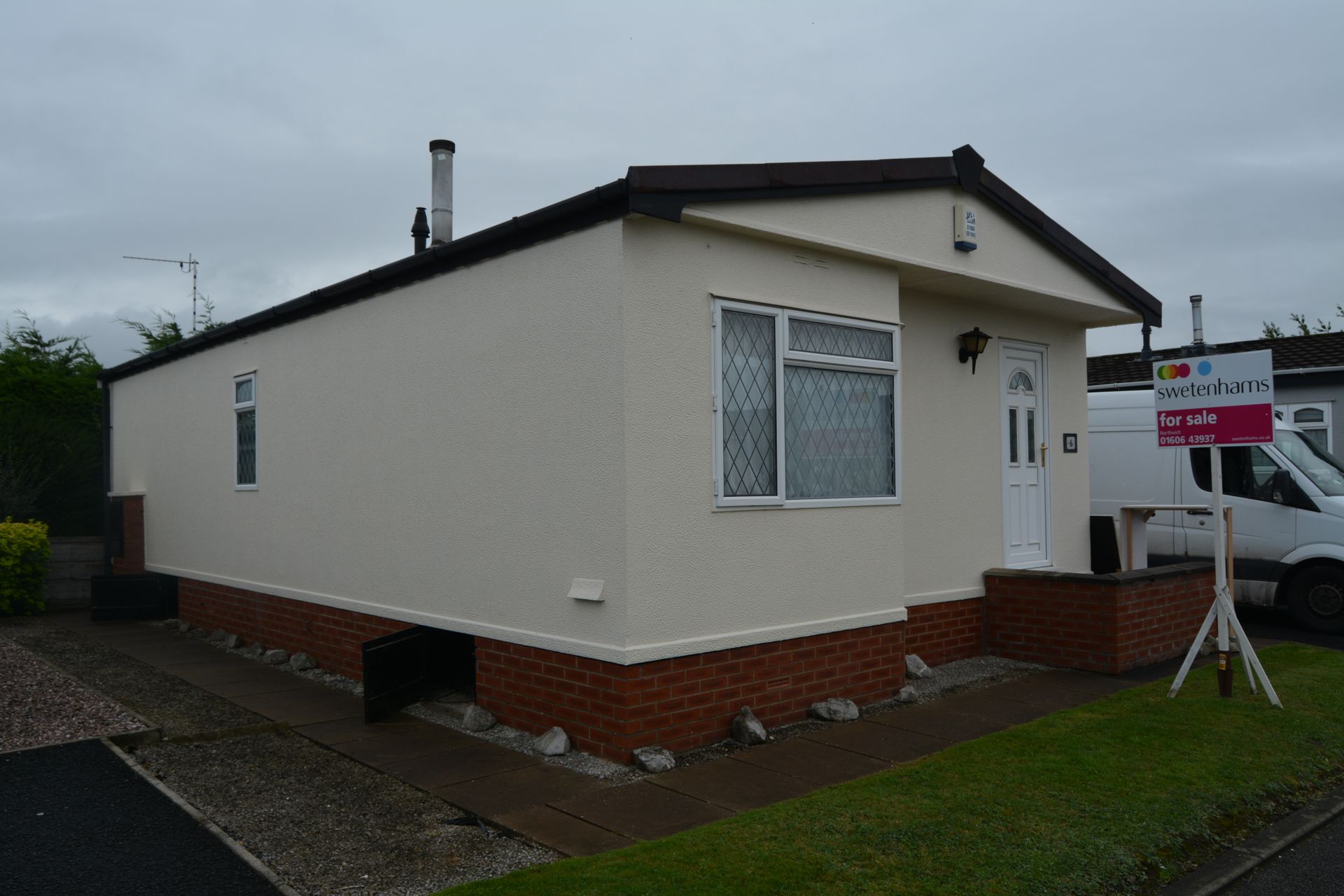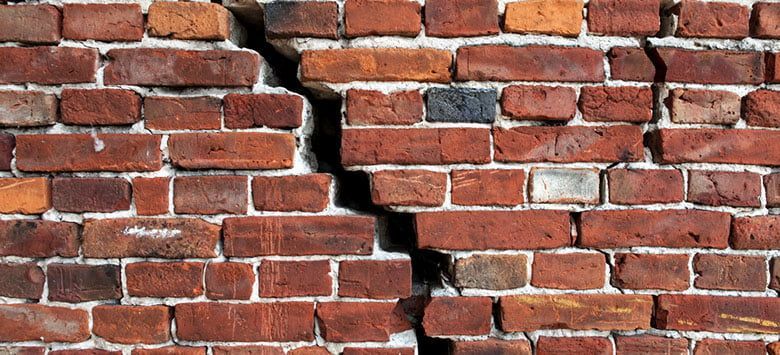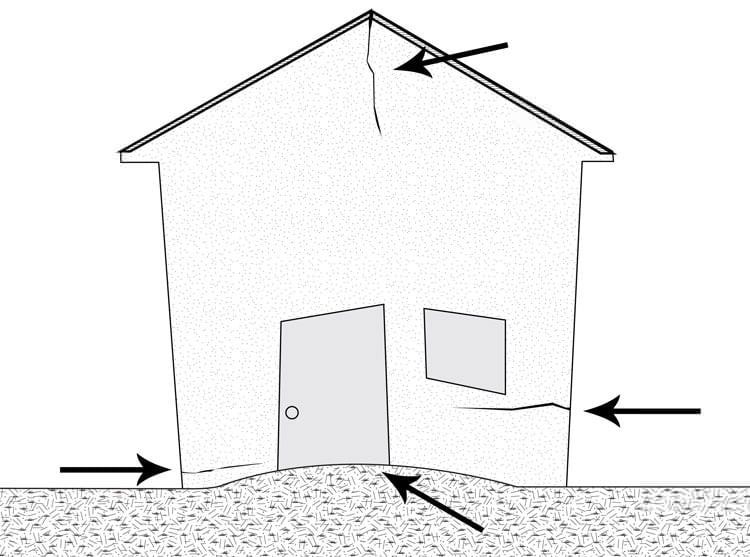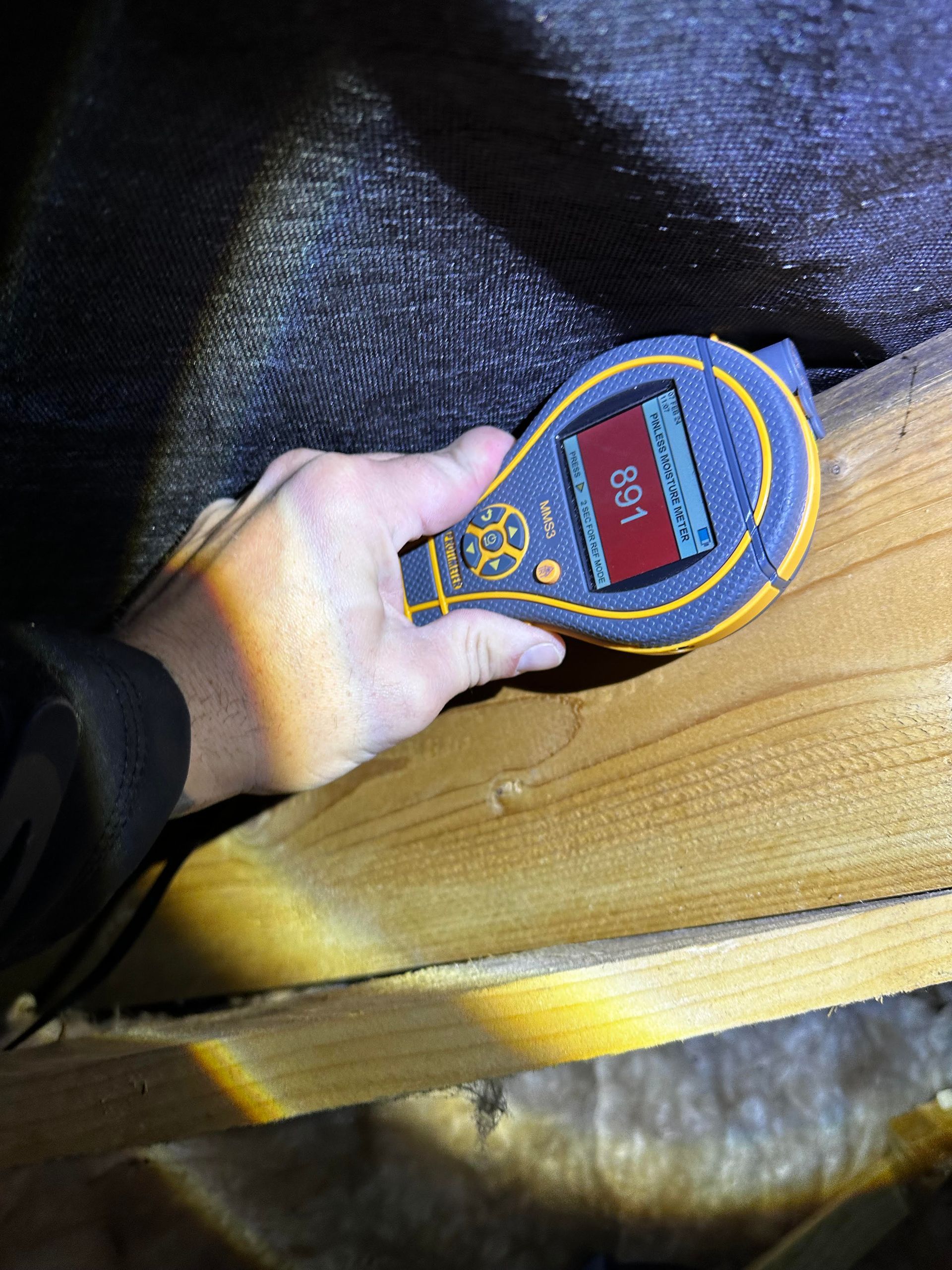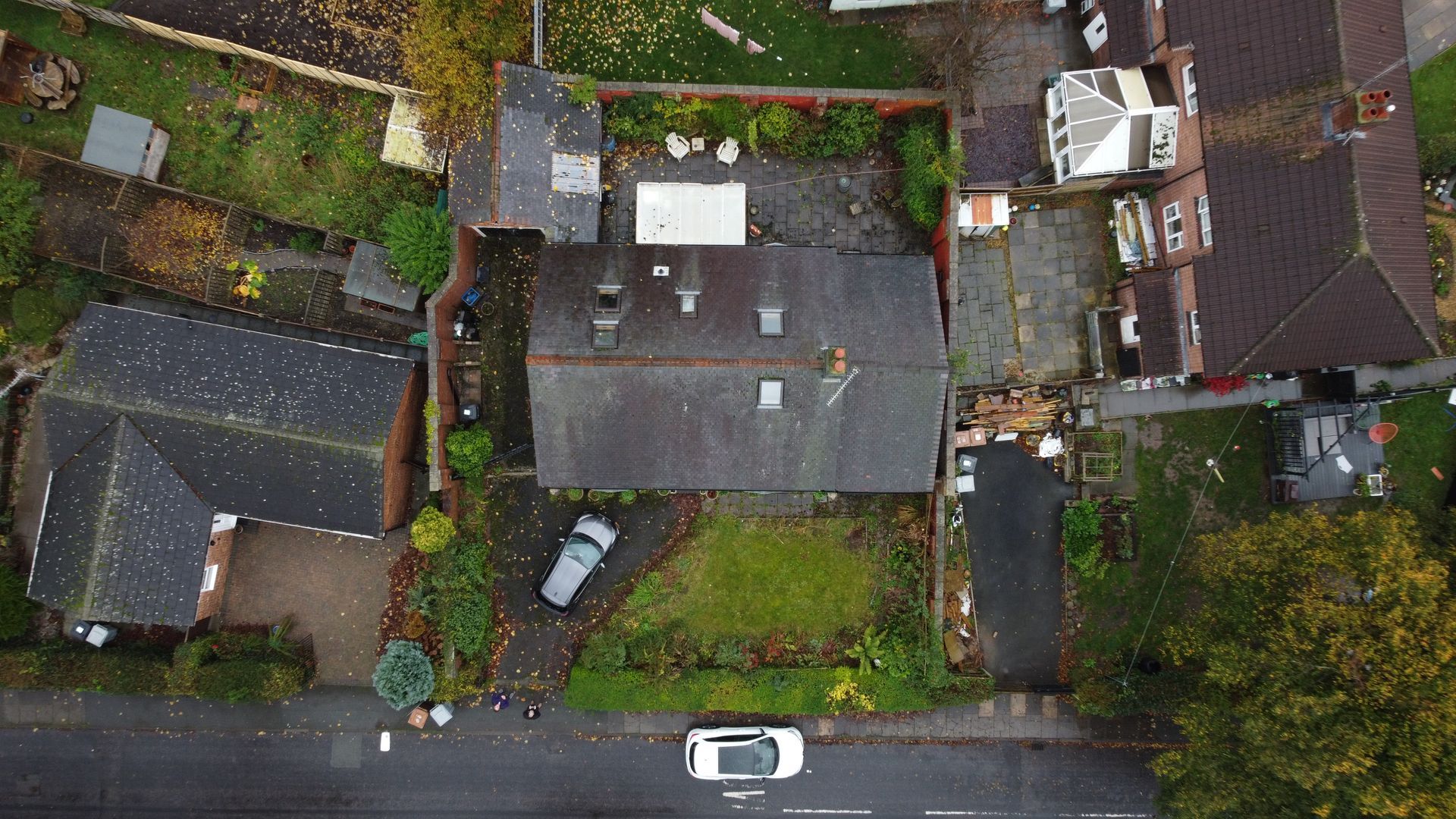Understanding Your Victorian-Era Property: A Guide for Homeowners
Understanding Your Victorian-Era Property: A Guide for Homeowners
Introduction:
Welcome to the world of Victorian-era homes! These properties are known for their distinctive architectural charm and historical significance. This guide aims to help homeowners understand the unique aspects of Victorian properties, setting realistic expectations about common issues and maintenance needs.
Section 1: The Character of Victorian Homes
Victorian homes, built predominantly during the reign of Queen Victoria (1837-1901 - Some may argue different dates!), are celebrated for their ornate detailing, robust materials, and a variety of styles ranging from Gothic Revival to Queen Anne. These properties often feature intricate woodwork, high ceilings, and fantastic brickwork, making them a treasure trove of historical craftsmanship. We LOVE them.
Section 2: Common Issues in Older Properties
Owning a Victorian home is like holding a piece of history. However, with age comes certain challenges. These properties often face issues such as aging plumbing and electrical systems, insulation inefficiencies, brickwork degradation, cracking, damp issues and general wear and tear. It's important to note that minor defects, such as small areas of pointing, hairline cracks, leaks, and loose plaster, are common. While these are part of the property's character, they are usually not structurally significant and often fall into the realm of cosmetic improvement rather than essential repair.
Section 3: The Survey Process Explained
When conducting a survey on a Victorian property, our aim is to identify major structural concerns that may affect the property's integrity or safety. However, given the age and uniqueness of these properties, it's not feasible to note every minor imperfection. The survey is a snapshot in time, focusing on significant issues that require immediate attention, balancing the need to preserve the property's historical integrity with modern safety standards. With newer properties, often the minor issues are highlighted due to the lack of defects. The older your property, the less significant the minor issues become - For example, out of plumb brickwork, leaning chimneys or cracks.
Section 4: Post-Survey Recommendations
MAINTENANCE, MAINTENANCE, MAINTENANCE. maintenance is key to preserving your Victorian home. We recommend periodic check-ups and, when necessary, consulting with specialists, particularly for unique features like original fireplaces, chimney stacks, lime pointing, slate roof coverings and roof structures. It's important to prioritise repairs, focusing first on any structural or safety-related issues before addressing any cosmetic ones.
Conclusion:
Victorian-era homes are a link to our architectural past, and owning one is both a privilege and a responsibility. This guide is intended to help you understand the typical characteristics of these properties. Remember, the survey is just the beginning of your journey in maintaining and preserving your historical home.
Additional Resources:
For more information on the care and preservation of Victorian homes, we recommend you purchase 'The victorian house manual' - But be warned, its addictive!
Final Note:
This guide is for informational purposes only and does not replace a professional survey. For specific concerns or detailed assessments, please consult a qualified surveyor.
Post written by Gareth of Residential Survey Group.

Home Surveys in Northwich, Middlewich & Winsford – What You Need to Know (and What They Should Cost)
